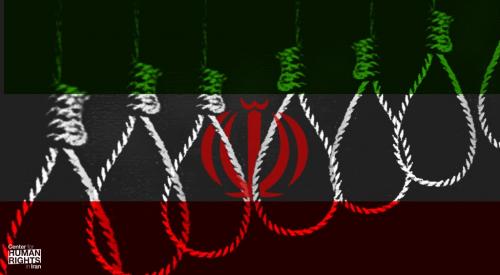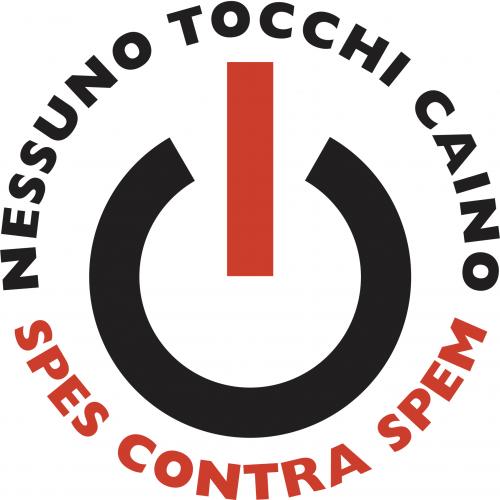10 November 2015 :
California unveiled a new method for executing condemned prisoners Friday, proposing a single-drug lethal injection protocol that could restart capital punishment after a 10-year hiatus.The proposal came as a result of a lawsuit filed against the state by crime victims. A settlement of the suit, brought by the Criminal Justice Legal Foundation, required the state to devise a lethal injection method by this month.
Executions are not likely to resume immediately, however. Public vetting could take a year, and court challenges may follow. Voters next year also may see one or more ballot measures on the death penalty. The single-drug protocol proposed by Gov. Jerry Brown's administration would replace the former 3-chemical method, struck down by a federal judge in 2006 who said it could cause inhumane suffering if one of the drugs failed to work.
The new protocol would require the injection drug to be selected on a "case-by-case basis, taking into account changing factors such as the availability of a supply of chemical." The state would have the option of using 1 of 4 barbiturates: amobarbital, pentobarbital, secobarbital and thiopental. Pro-death penalty forces had called for a single-drug protocol and saw the ability to substitute 1 drug for another as a bonus.
Difficulty in obtaining drugs has led to the postponement of executions in other states. The barbiturate is to be administered in a 7.5-gram dose, via 5 syringes, through an intravenous line.
As in the past, if the 1st course of the drug does not kill the inmate within 10 minutes, a second course would begin. The inmate's heart would be monitored by an electrocardiograph to determine death. The proposed regulation allows for the warden to order as many as 4 rounds of drug infusions, delivered over 40 minutes. Only if an inmate is alive after that would the execution be stopped and medical assistance summoned.
As in the past, inmates may choose death by lethal gas instead of injection. The proposed regulation estimates the cost of a single execution to be just under $187,000, with more than $97,000 of that expected to go to crowd control outside San Quentin State Prison, where executions take place.
At least 16 death row inmates in California have exhausted their appeals and could be executed if the protocol is finally adopted. The state has not executed anyone since 2006, when the federal judge found California's procedures violated the U.S. Constitution's ban on cruel and unusual punishment. Meanwhile, the state continues to appeal a ruling by U.S. District Judge Cormac J. Carney last year that barred executions in California.
Carney found the state's system for determining whom to execute unconstitutionally arbitrary and so slow that executions ultimately serve no retributive purpose.
California has 749 inmates on death row, the most in the country. Since 1978, the state has executed 13 inmates, 66 have died from natural causes and 24 have committed suicide. The state's voters narrowly defeated a ballot measure in 2012 that would have abolished the death penalty.
Death penalty opponents have proposed an initiative for the November 2016 ballot that would replace capital punishment with life without the possibility of parole. Legislative analysts this week said it would save California some $150 million a year, by reducing the costs of murder trials and death penalty appeals.
A competing measure, sponsored by law enforcement and victim groups, also will be circulated for signatures. That measure would propose changes to speed up executions.











